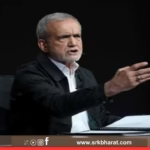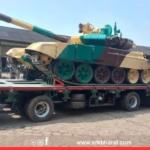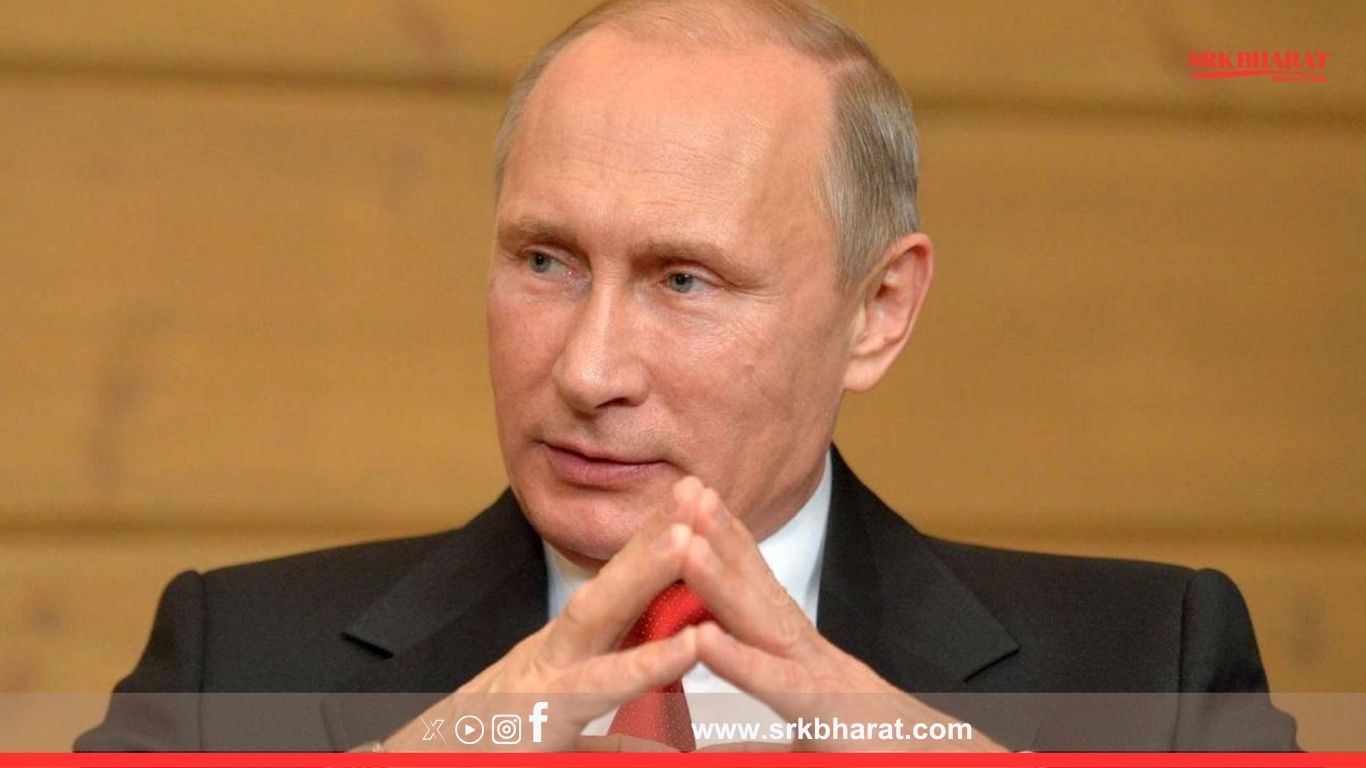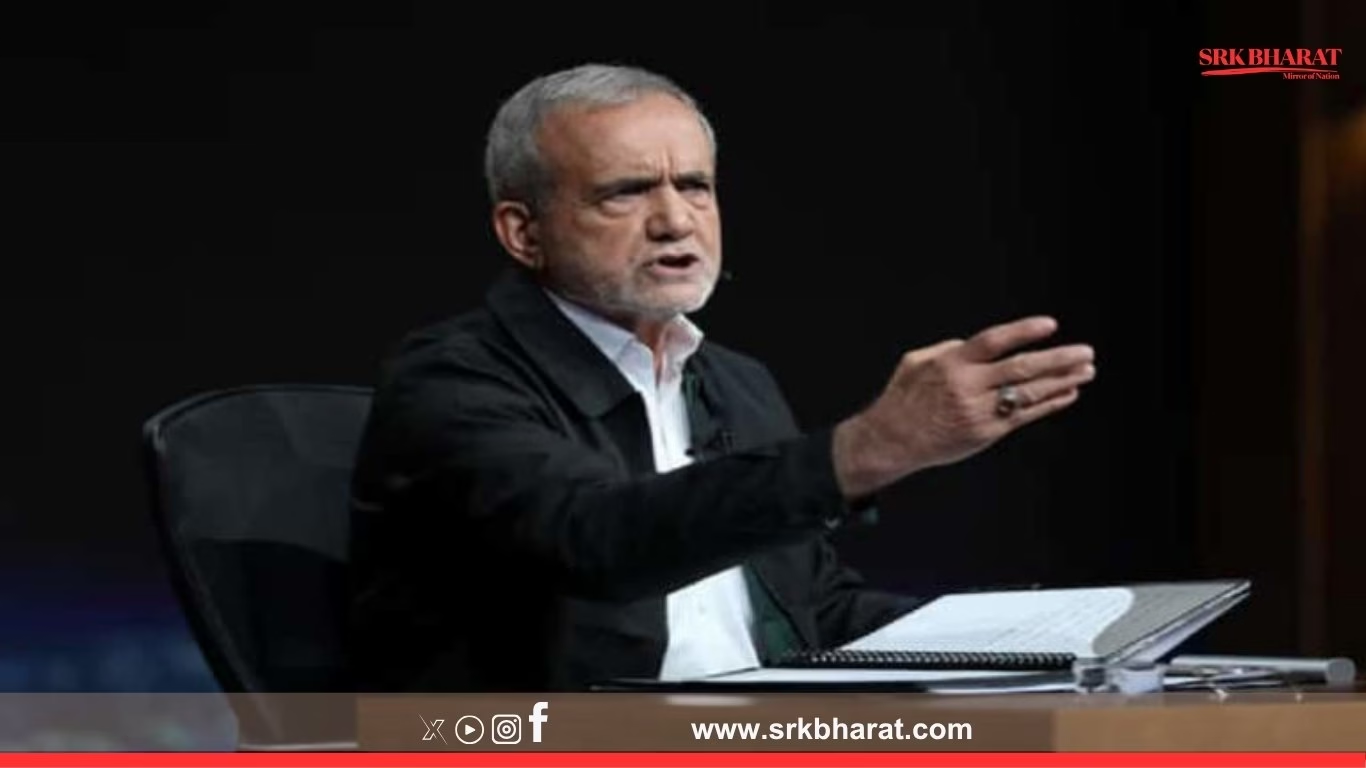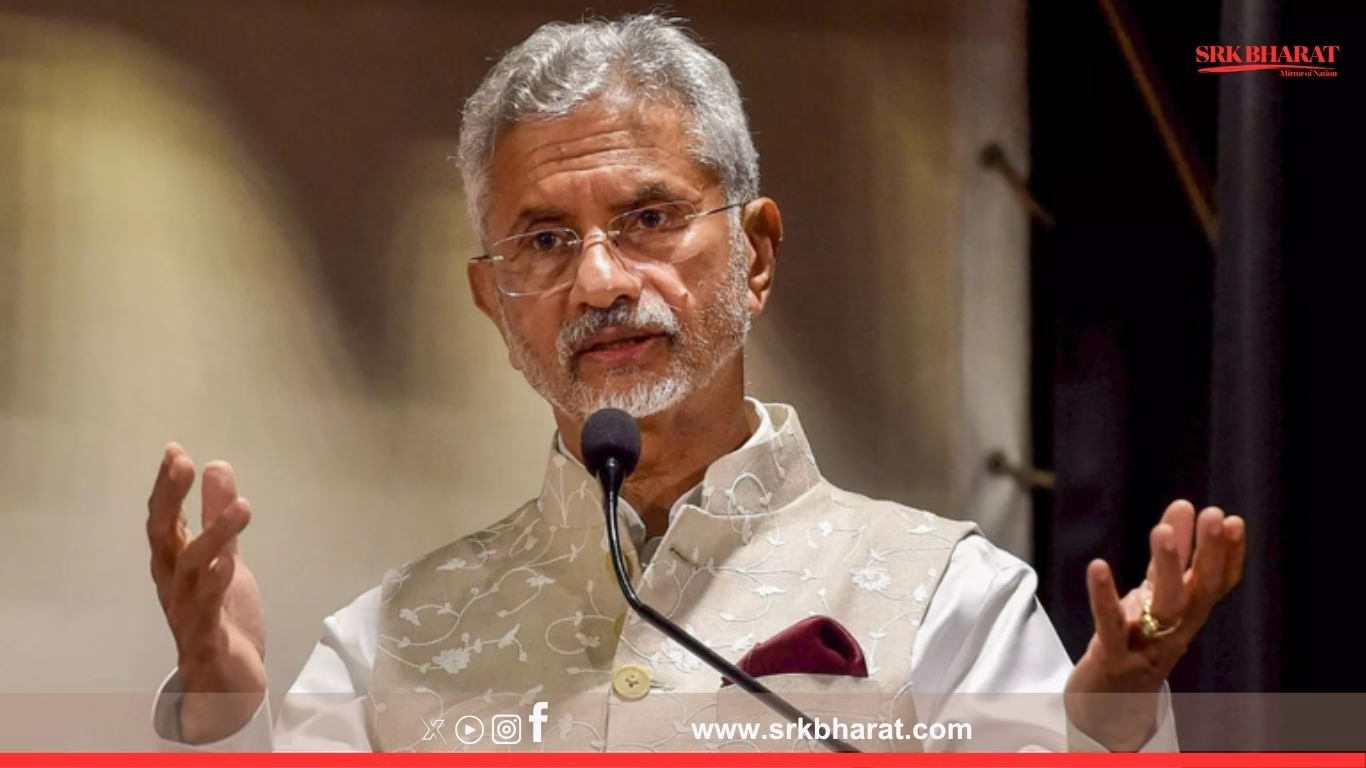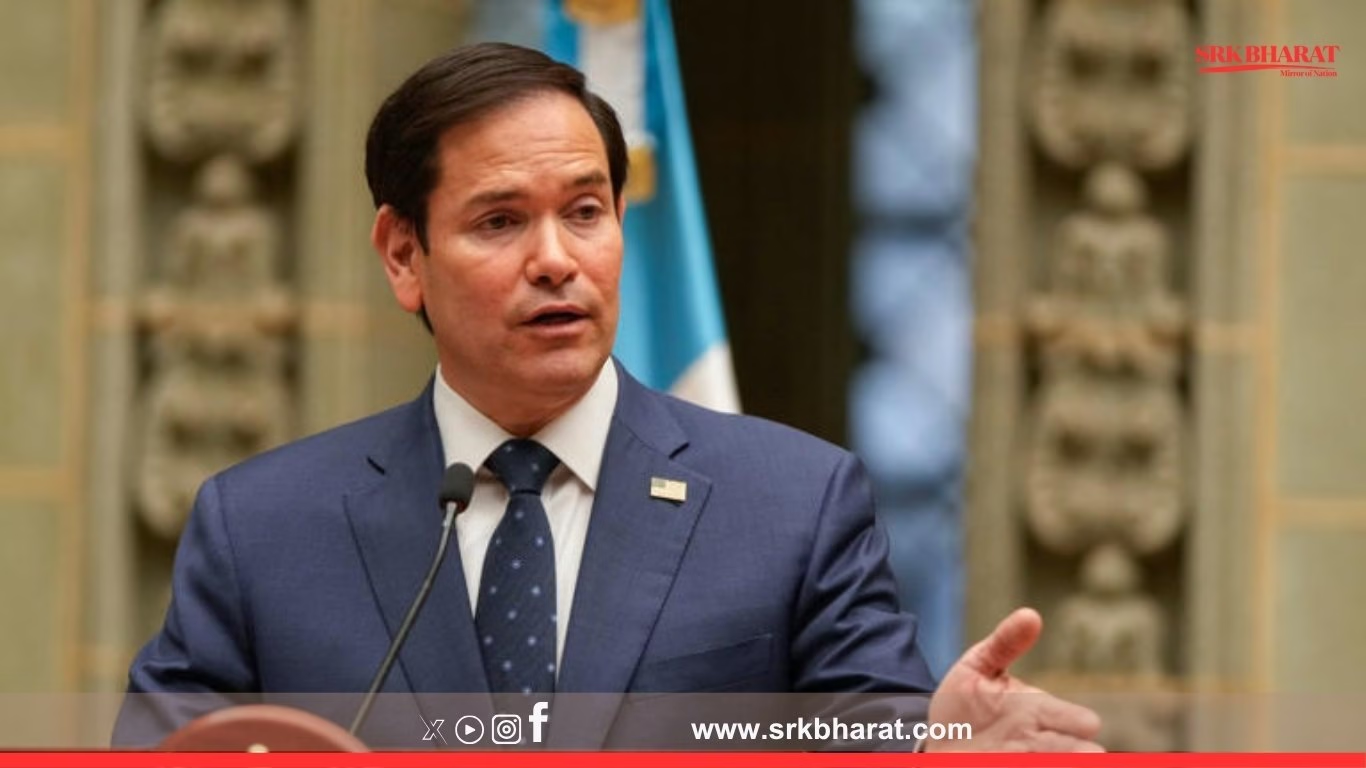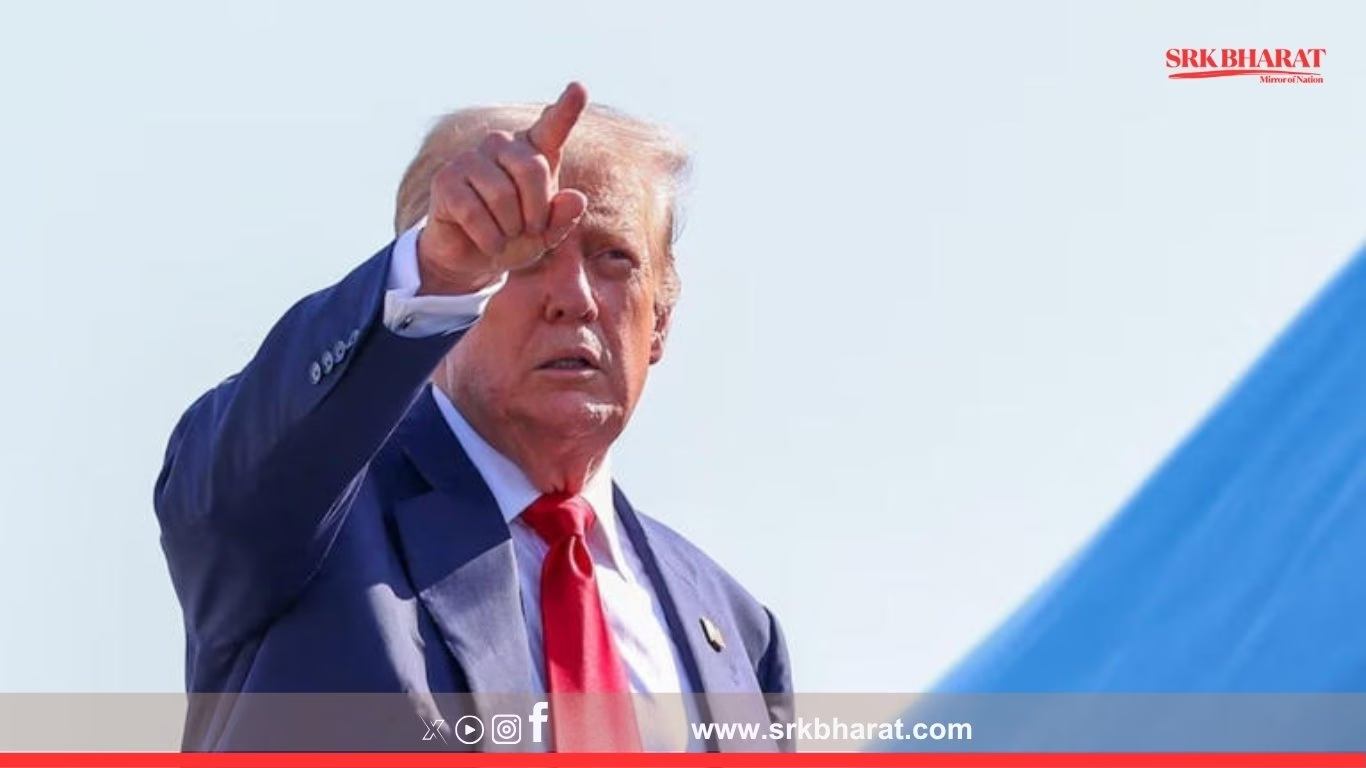In a significant geopolitical development, Russia has turned to Laos for military backup, marking a strategic shift in Moscow’s approach to bolstering its diminishing pool of allies amid its prolonged conflict in Ukraine. This comes as Russian President Vladimir Putin faces increasing international isolation and mounting domestic pressures to demonstrate external support.
Context: Why Russia needs new allies
As the Ukraine war enters its third year, Russia continues to face:
- Severe troop attrition and resource depletion due to prolonged operations
- Western sanctions blocking access to technology, military parts, and global markets
- Growing military aid to Ukraine from NATO, EU, and allies including the US, UK, and Germany
- Demographic constraints, with a falling youth population and recruitment struggles
This has compelled Moscow to tap into Southeast Asian nations with historical defence cooperation or diplomatic ties dating back to the Cold War era.
Laos steps in: The key announcement
Reports emerging from Kremlin insiders and regional defence forums suggest that:
- Laos has agreed to send limited military personnel and logistical advisors to assist Russian operations.
- The collaboration focuses on non-combat logistical support, training, and medical units rather than direct combat deployment.
- Laos-Russia defence agreements signed over the past decade, including arms trade, training programmes, and joint exercises, form the legal framework for this move.
Historical Laos-Russia defence ties
| Year | Event |
|---|---|
| 1960s-70s | Soviet Union provided economic and military aid to communist Laos |
| 2000s | Renewed defence cooperation with post-Soviet Russia, including military training |
| 2017 | Laos received tanks, helicopters, and light arms from Russia under a bilateral defence package |
| 2018 | Joint Russia-Laos military drills conducted in Laos |
| 2021 | Talks to deepen counter-terrorism and training partnerships |
This longstanding relationship, coupled with Laos’ dependence on Russia for defence equipment maintenance, forms the backdrop of the current development.
Global reactions and implications
Western analysts have criticised Laos, terming it as enabling Russian aggression in Ukraine. However, Laos officials maintain their participation is “limited to technical support and is in line with prior bilateral defence cooperation agreements.”
Key geopolitical implications include:
- Russia signals continued ability to attract allies despite diplomatic isolation.
- Laos risks reputational costs and potential Western sanctions for indirect support to the war.
- ASEAN unity could be tested, with member countries wary of being dragged into big power conflicts.
- China’s role remains influential, as Laos is heavily indebted to Beijing and balances ties between Russia and China.
What military support is Laos likely to provide?
| Type of Support | Potential Details |
|---|---|
| Personnel | Training officers, logistical support units, and medical teams |
| Equipment | Maintenance technicians for Russian-origin equipment |
| Intelligence sharing | Limited, focused on Russian interest areas in Southeast Asia |
Domestic response within Russia
Russian state media has hailed Laos’ move as proof that Russia is not alone. Political analysts in Moscow believe that even small symbolic gestures from countries outside Europe bolster domestic narratives of global support.
Strategic significance for Russia
- Military: While Laos cannot provide significant combat troops, their support frees up Russian personnel for frontline duties.
- Diplomatic: Showcases Russia’s ability to maintain and leverage historical defence ties beyond Eurasia.
- Psychological: Counters NATO’s encirclement narrative by projecting multi-regional alliances.
Risks for Laos
Experts caution that Laos may face diplomatic fallout, including:
- Strained ties with the US and EU, both key development aid partners
- Sanctions affecting arms imports, banking, or energy investments
- Backlash within ASEAN if perceived as violating neutrality principles
Analyst insights
Dr Nithya Ramanathan, Southeast Asia geopolitical researcher, observes:
“For Russia, even minor logistical backing has symbolic importance now. For Laos, this is high-risk, low-reward geopolitics, but Moscow’s leverage over their defence needs is considerable.”
Recent Southeast Asia-Russia military interactions
| Country | Recent Development |
|---|---|
| Vietnam | Continued arms purchases despite balancing with US ties |
| Myanmar | Receiving arms, drones, and training support amid junta crackdown |
| Cambodia | Training agreements remain but with limited operational cooperation |
Potential future scenarios
- Expanded Southeast Asian alignment with Russia
Unlikely unless pressured by economic or defence dependence. - Increased Western sanctions
The EU and US may impose targeted restrictions on Laotian military or banking sectors. - ASEAN diplomatic intervention
To maintain regional neutrality and prevent bloc fragmentation. - China’s mediating role
Beijing may discourage deeper Laotian involvement to avoid undermining its own regional influence and economic corridors.
Russia’s ongoing global outreach strategy
With its traditional allies like Belarus unable to provide large reinforcements and North Korea’s support limited to arms supplies, Russia’s pivot to countries like Laos reflects desperation to avoid isolation while showcasing global partnership optics.
Conclusion
As the Russia-Ukraine conflict intensifies, Putin’s outreach to Laos underlines his strategy to tap into Cold War-era networks to shore up support, regardless of the scale of military benefit. While Laos’ role may remain limited, the diplomatic implications are significant, potentially reshaping Southeast Asia’s delicate balance amid superpower rivalries.
Disclaimer: This article is based on emerging defence and diplomatic reports, regional expert analyses, and historical data. Official confirmations and operational details remain subject to respective government announcements and evolving geopolitical circumstances. Readers are advised to follow updates from credible international security forums for the latest developments.



